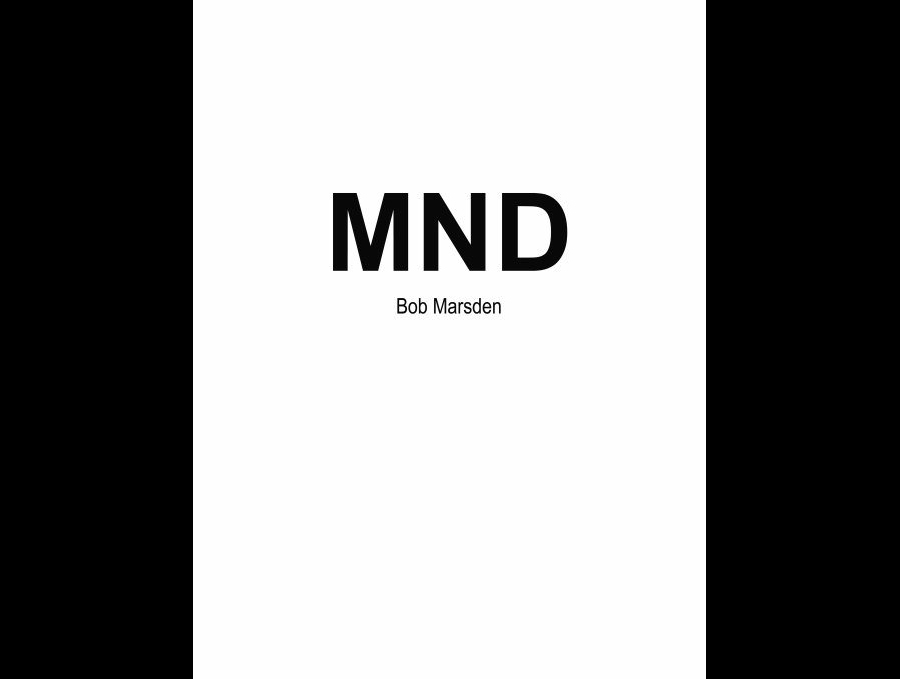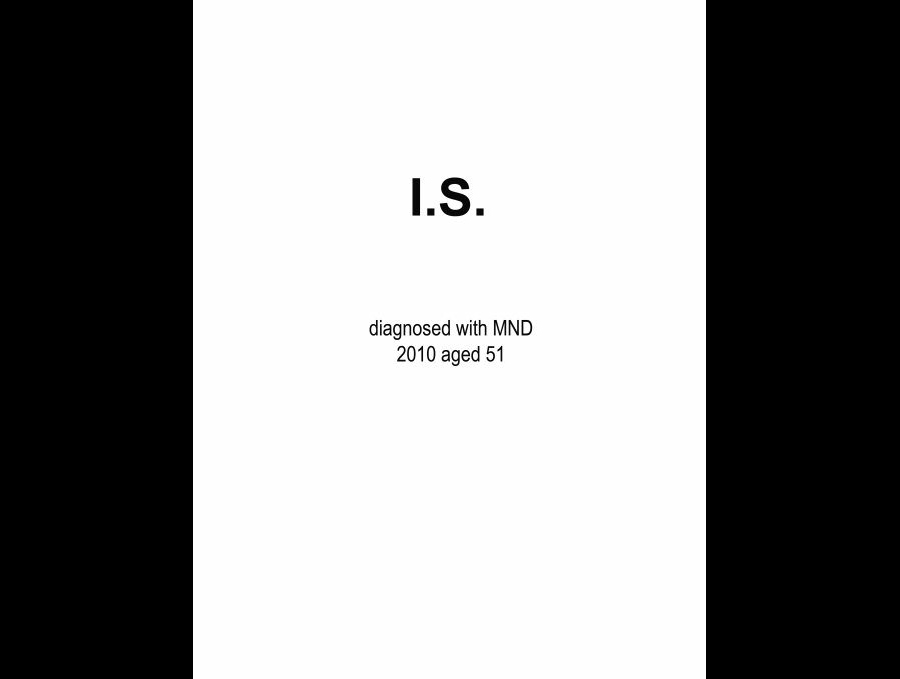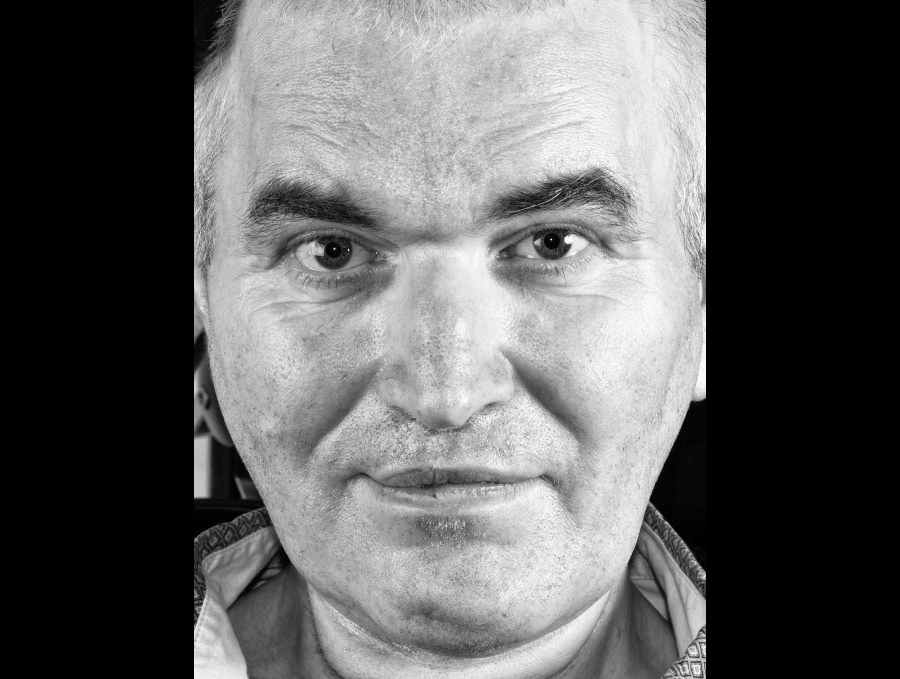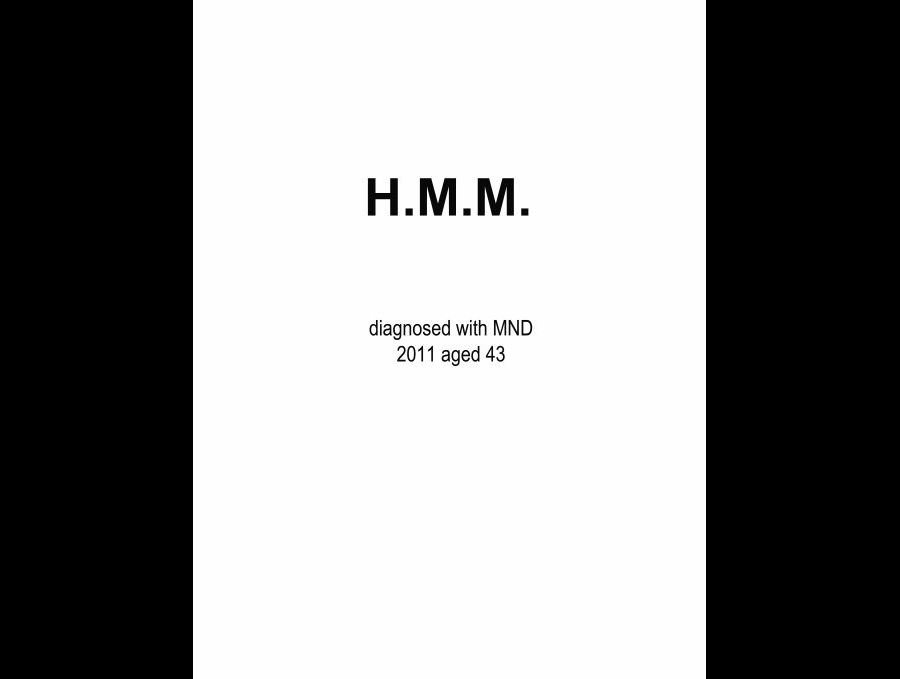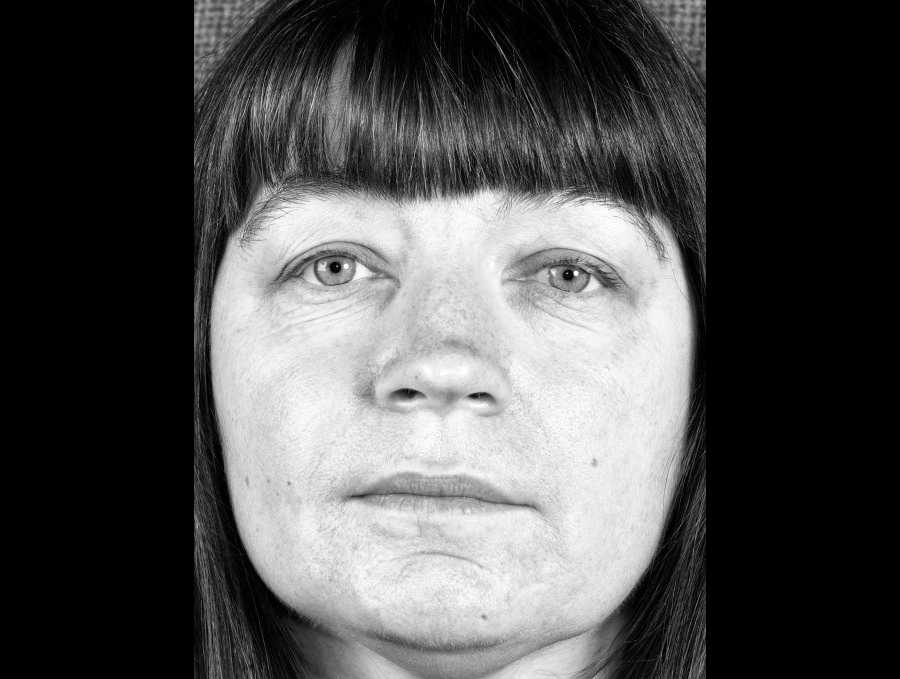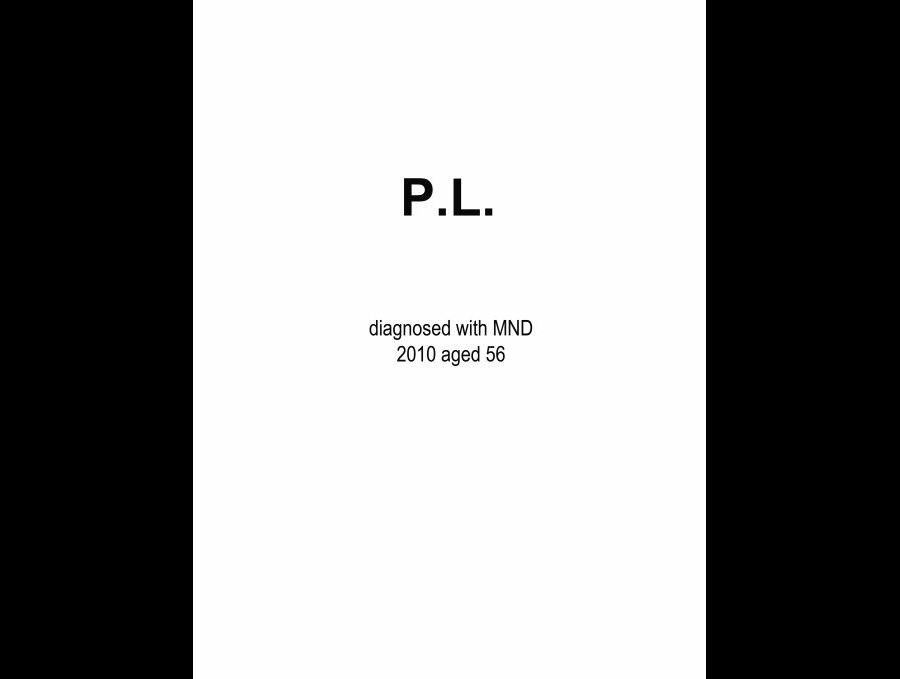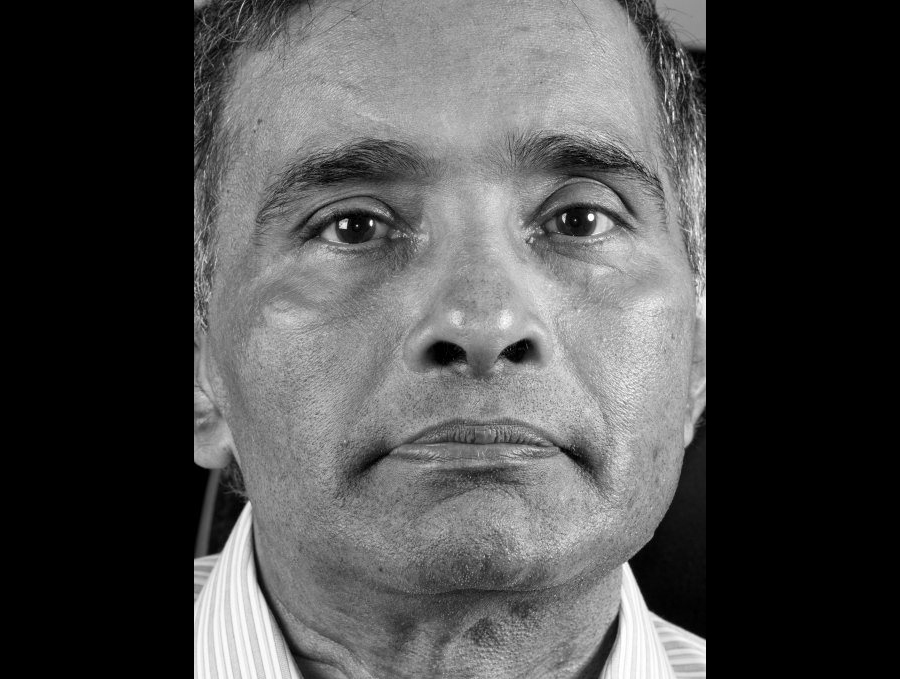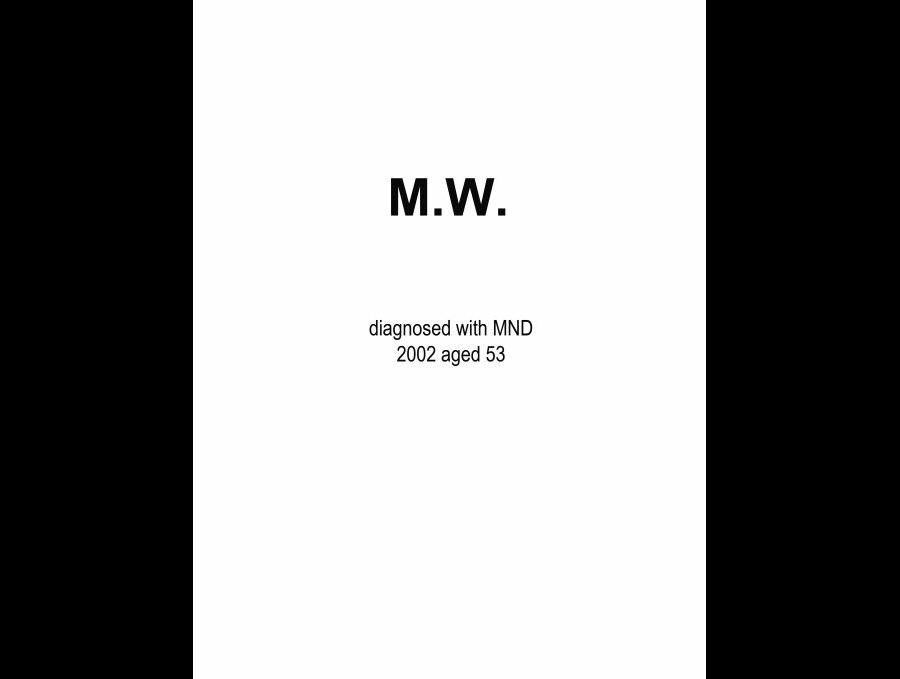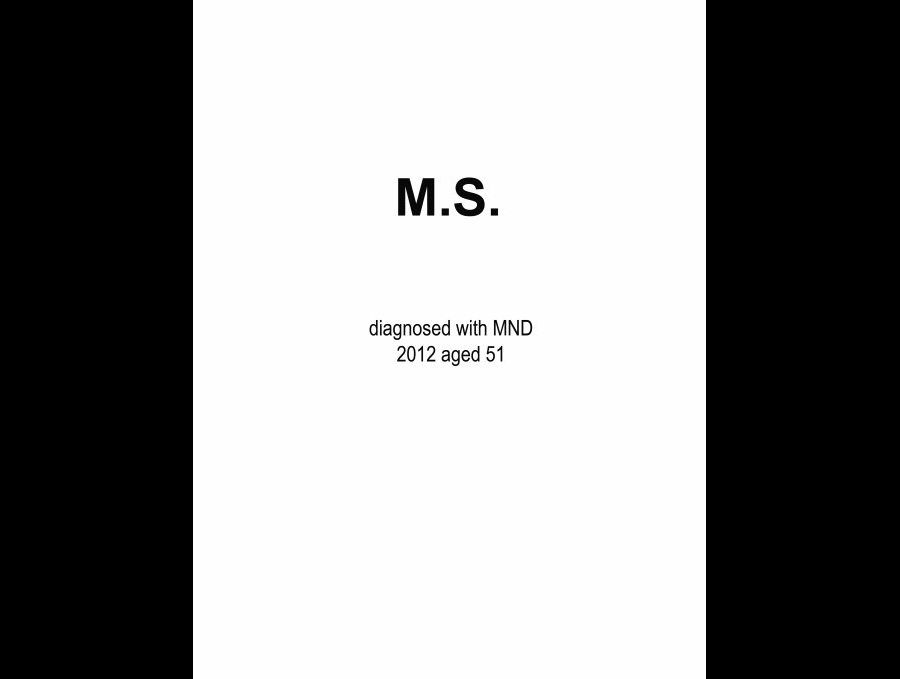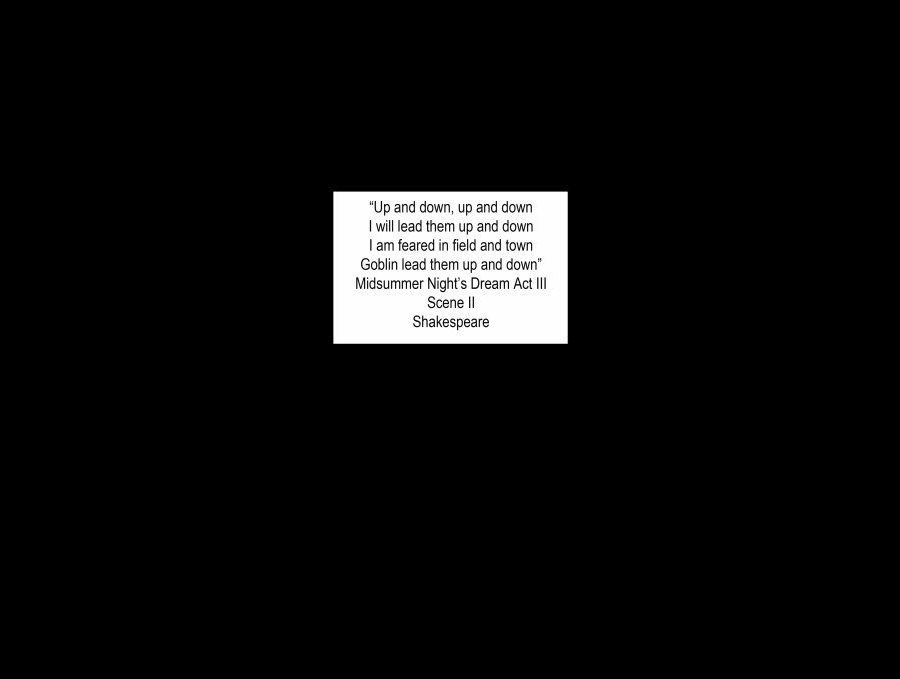MND These images gained me a BA First Class Honours in Photography at Westminster University, London, June 2014.
They are 80cm x 106cm Digital Prints. Hassleblad HD3 50mp sensor
From the first exposure to the present post modern era we have tried to explain what we see in a photograph. Drawing on memories of the images of criminal types from the 19th century (Alphonse Bertillon for example), through to the massive ethnographic work of August Sander in the early to mid 20th century and images of disabilities by Diane Arbus, I have taken a series of images of people living with Motor Neurone Disease (MND). I have further drawn on the memory of these historical representations by creating black and white images.
From the diagnosis of MND to death, the median time is 39 months and about 5000 people live with this diagnosis in the UK at any one time. Some of the people in these portraits will almost certainly die from complications of this illness within the next three years.
Genetic links to MND are being found all the time. As our genes reveal themselves in all aspects of ourselves and our appearance, it is possible that these photographs also reveal this devastating illness.
We continually try to read the character and personality of people we meet through the way in which they hold themselves, the ways in which they move and the ways in which they talk and dress. We do not usually approach another within our defined interpersonal space as this feels too aggressive, or too intimate and becomes uncomfortable. If someone has a visible disability our gaze is usually averted so as not to stare or we may find ourselves drawn guiltily to sneak a peek. Our embodied response to approaching such a devastating illness so closely questions our own vulnerability and mortality.
